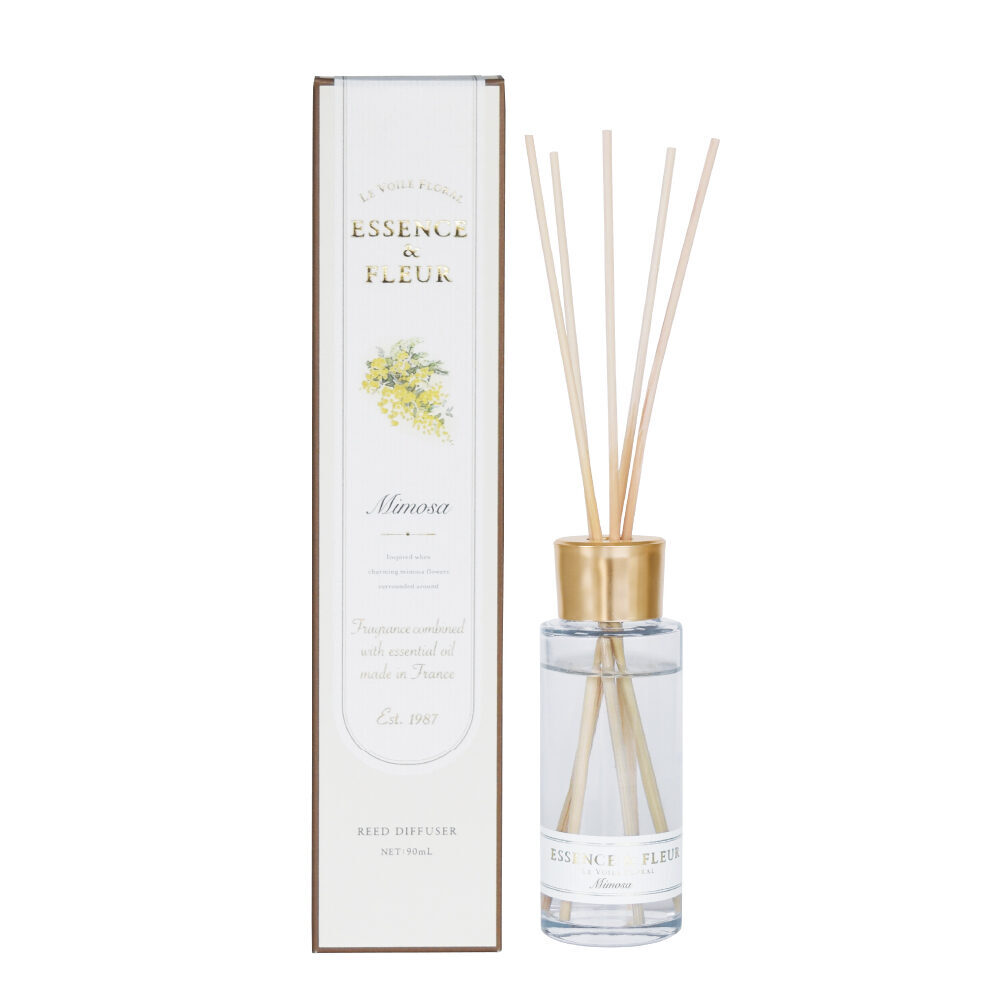Hello everyone,
FRAGRANCE LAB.BLOG, brought to you by fragrance manufacturer ART LAB., is back with another installment.
Continuing the conversation from the 10th issue, we would like to talk about the fragrance of “Mimosa” as ESSENCE & FLEUR Vol. 5.
Classification of Mimosa and its fragrance
Mimosa is the general name for the genus Acacia of the Fabaceae family, of which there are many varieties such as “Acacia dealbata” and ” Acacia baileyana,” but it is the Acacia dealbata that is used as an essential oil.
It is characterized by round yellow petals and a gentle, sweet, fresh fragrance, but when it is made into essential oil, its scent changes to a very rich floral tone.
Some people often confuse mimosa and acacia, but they are two different plants.
Both are members of the Fabaceae family and have similar flower shapes, but mimosa flowers are yellow and acacia flowers are white.
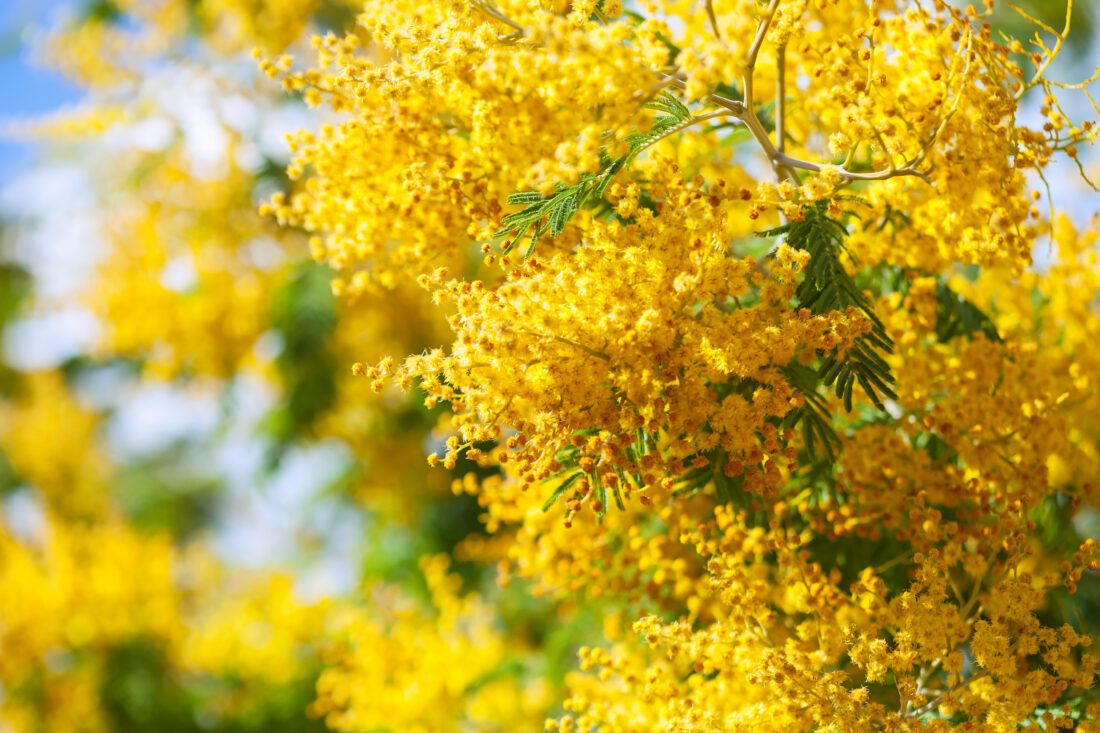
They also have different blooming seasons: mimosa blooms from February to April, while acacia blooms from April to May.
The fragrance of acacia is weaker than that of mimosa, and mimosa is used exclusively for perfumes and essential oils.
Mimosa Day
We talked about “Muguet (lily of the valley) Day in the 9th issue.
Did you know that there is also “Mimosa Day”?
In Italy, March 8 is called “Mimosa Day.”
March 8th marks International Women’s Day as designated by the United Nations, in Italy, it is customary for men to give women mimosas as gifts. The mimosa blooms at this time of the year.
Mimosas are given not only to amores (lovers) but also to family, friends, colleagues, and other women close to them as a token of appreciation.
As March 8th approaches, the city gets filled with mimosa colors and a joyful atmosphere.
The women who receive mimosas are said to enjoy them by putting them in their hair, around their collars, or on tables.
Indeed, I feel that the mimosa’s soft yellow color and sweet fragrance is a symbolic flower that blends in with any landscape and brightens up any place.
Mimosa spread as an ornamental plant
Mimosa originated in Australia and was brought to Europe as an ornamental plant around the 19th century.
Mimosa quickly became popular in Europe.
The people were drawn to its beautiful yellow flowers in full bloom during the cold season when they were still waiting for spring.
Mimosas are also popular as dried flowers because of their bright yellow color.
In the past, we have also produced “Fragrant Cubes” using our proprietary technology called “Solid Perfume”, in which fresh flowers are put in mimosa Solid Perfume.
We recommend this gentle mimosa fragrance that softly scents your daily life.
We also have a fragrance containing mimosa as a room fragrance below, which we hope you try if you wish to enjoy it in the place of your choice.
See you again in the next issue of FRAGRANCE LAB.BLOG!

